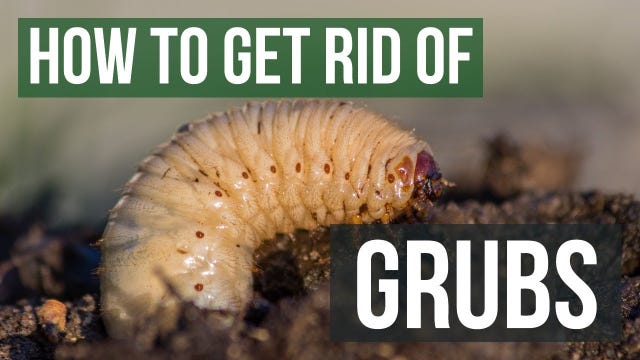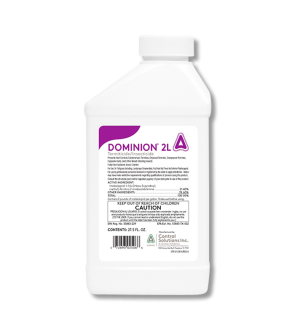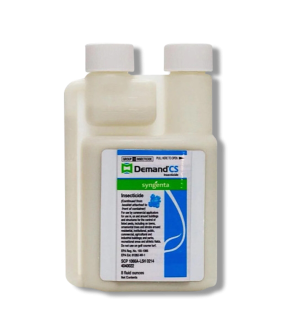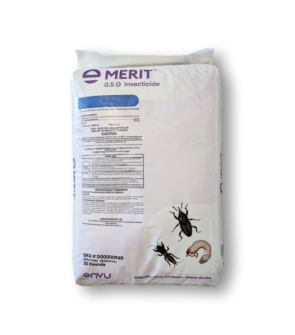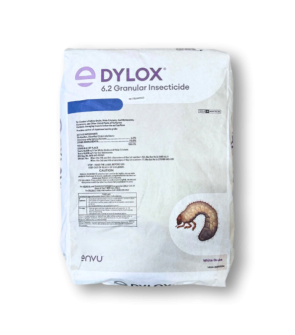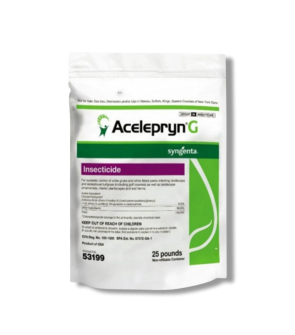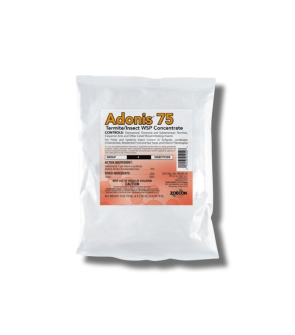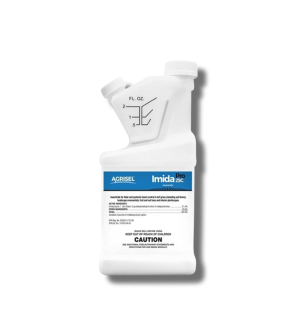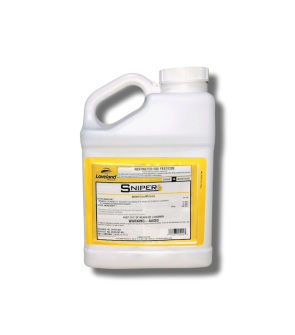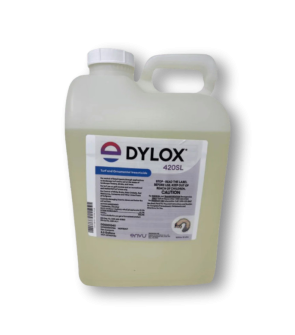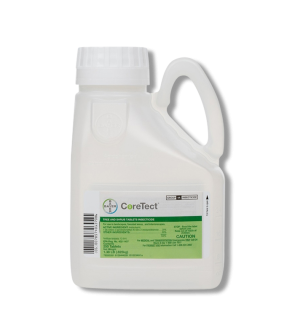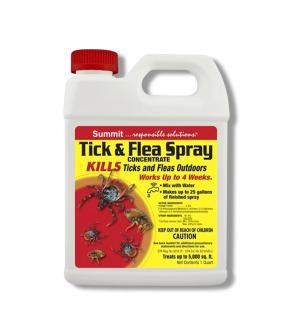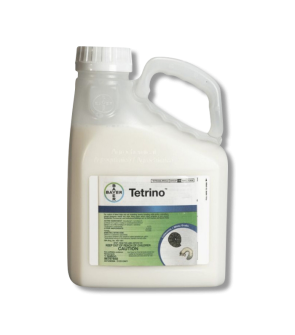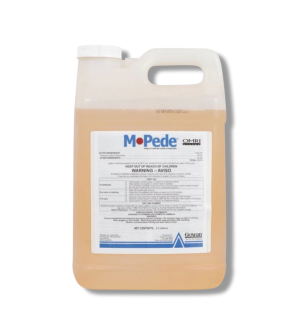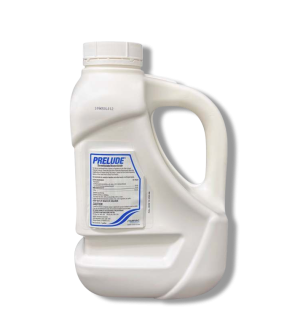Gain access to personalized product screening, the best pricing, rewards, and more!
Most Effective Products
Grub Control: How To Get Rid of Grubs
Grubs are small, C-shaped larvae of various insect species, such as beetles or June bugs. Adult beetles have hard bodies, are shield-shaped, and do not usually harm turf plants. They are much easier to detect than grubs because the adults live above ground and are frequently seen flying around.
Grubs hatch in the fall, stay hidden underground during winter and then come out of hibernation during spring. When spring arrives, so does their appetite as they begin to vigorously consume grass and plants. The grubs will continue to feed on your grass and plants for the next few months until the larvae mature into beetles. After that, they will start going after garden plants and flowers and lay eggs in the soil to create the next generation of grubs that will feast on your lawn.
The extent of the damage grubs can inflict on your lawn depends on how many in your soil. In the best case, you may only notice a few dead patches. At worst, your grass can become so terribly damaged that you can roll it back like a rug.
Our professional DIY treatment guide can help if grubs are plaguing your lawn. Compiled by our staff of lawn care experts, this guide can help you eliminate your grub infestation step-by-step quickly and affordably. Follow the directions below using our best grub killers, and we guarantee you won't have a grub problem on your property any longer.
Identification

Before carrying out pesticide treatments, you must ensure the pest in your soil is a grub and not some other type of pest. Misidentification can lead you to use the wrong treatment products, wasting your time and finances. Here is a list of characteristics of grubs to know what they look like for easy identification:
- Grubs are slimy white worms found primarily under the soil. They are often curled in a "C" shape between 3/8 of an inch and 2 inches.
- They are the larvae of beetles and have a thick and soft body.
- They have brownish-colored heads and large mandibles.
- They also have three pairs of legs near their head, which makes grubs stand out amongst other larval lawn pests.
Use the video and description above to help you identify cutworms on your lawn. If you are having trouble confirming that the pest on your property is a grub, contact us with a quality close-up photo. We will be happy to respond with the pest identification and offer suggestions and product recommendations to eliminate the pest.
Inspection

After you have correctly identified grubs on your property, you can proceed with an inspection to locate where they are found so you can better focus your pesticide applications. Doing this can also correct the conditions allowing this pest to thrive.
Where to Inspect
Check the damage to your grass and pay attention to patches of dead turf. We also recommend testing your lawn for grubs by digging a square foot hole with a shovel about 3 inches deep. If you spot more than 5 grubs, treatment is necessary.
The peak times for white grub damage are in August and September. You may notice symptoms of their presence in your grass, such as gradually thinning and yellowing followed by scattered, irregular dead patches.
As time goes on, these dead patches will grow in size due to the grubs' feeding habits, and what you had perceived to be healthy grass will start to wilt.
What to look for
Determine whether you have a small or large infestation. Depending upon the species, an older grub can vary from 3/8 to 2 inches long. They also share a soft, thick, white body that is frequently, although not always, curled into the shape of the letter C.
Also, look around for beetle activity. Grubs are the larval stage of beetles; if there is a lot of beetle activity on your lawn, grubs are likely to be present.
Treatment
When you are certain that your lawn has a grub infestation, you can attack the issue head-on by applying a grub control insecticide to the grass to prevent further damage to your precious turf. For grub control in your lawn, we recommend using Dominion 2L.
Dominion 2L is an effective grub killer with a broad label, meaning it will effectively control many other turf and ornamental pests, such as aphids, beetles, leafhoppers, and whiteflies.
As always, before applying any insecticide, wear the proper protective safety equipment (gloves, face mask, glasses).
Step 1: Mix and Apply Dominion 2L to the Lawn

Dominion 2L mixed with water helps to penetrate deep into the soil where the grubs will be hiding. It is also a systemic insecticide, meaning it will work its way through your lawn's root system, exposing the lawn grubs to the pesticide as they feed on the roots.
First, measure the square footage of the treatment area to determine how much Dominion 2L you will need to mix.
Dominion 2L should be mixed with a gallon of water via a hose-end sprayer at a rate of 0.46 to 0.6 fl. oz. per 1,000 sq. ft.
Broadcast the solution over your entire lawn, making an even coat. It's important that you use a hose-end sprayer with your Dominion 2L application so that the product can get pushed down to the turf's root zone. Once there, it will translocate through the turf to protect your grass from the inside out. When you are done spraying, stay off the treated area after application until the product has dried.
Timing is important when conducting grub control with insecticides. The best time to apply grub control products is in early to mid-August when grubs are still small, they haven't developed too much yet, and the damage is relatively minimal.
If you do not discover the grubs until later in the season, when damage is visible, it may be best to apply once in the spring and again in the summer for total grub control.
Prevention

Prevent grubs from returning to your yard by following the listed preventative strategies:
- After the grubs have been eliminated, it is important to instill healthy and regular maintenance practices to promote a healthy turf so that your lawn can fend off any possible infestations in the future and prevent grubs from coming back.
- Mow your grass at the right height, fertilize at the proper times of the year, and water your lawn regularly, but don't overwater.
- Dominion 2L can also be used as a preventative treatment to keep grubs out, so be sure to apply it at least quarterly to keep your lawn grub-free.
Key Takeaways
What are Grubs?
- Grubs are a common lawn pest characterized by soft, thick, light-colored bodies, well-developed heads, their presence in the soil, and the fact that they are larvae from beetles.
What is the best grub killer for getting rid of Grubs?
- Our top recommendation for controlling a grub infestation is a liquid application of Dominion 2L.
Preventing Grub Reinfestation
- To prevent grub reinfestation, combine cultural practices like a good watering and fertilizer routine and preventative applications of Dominion 2L.






